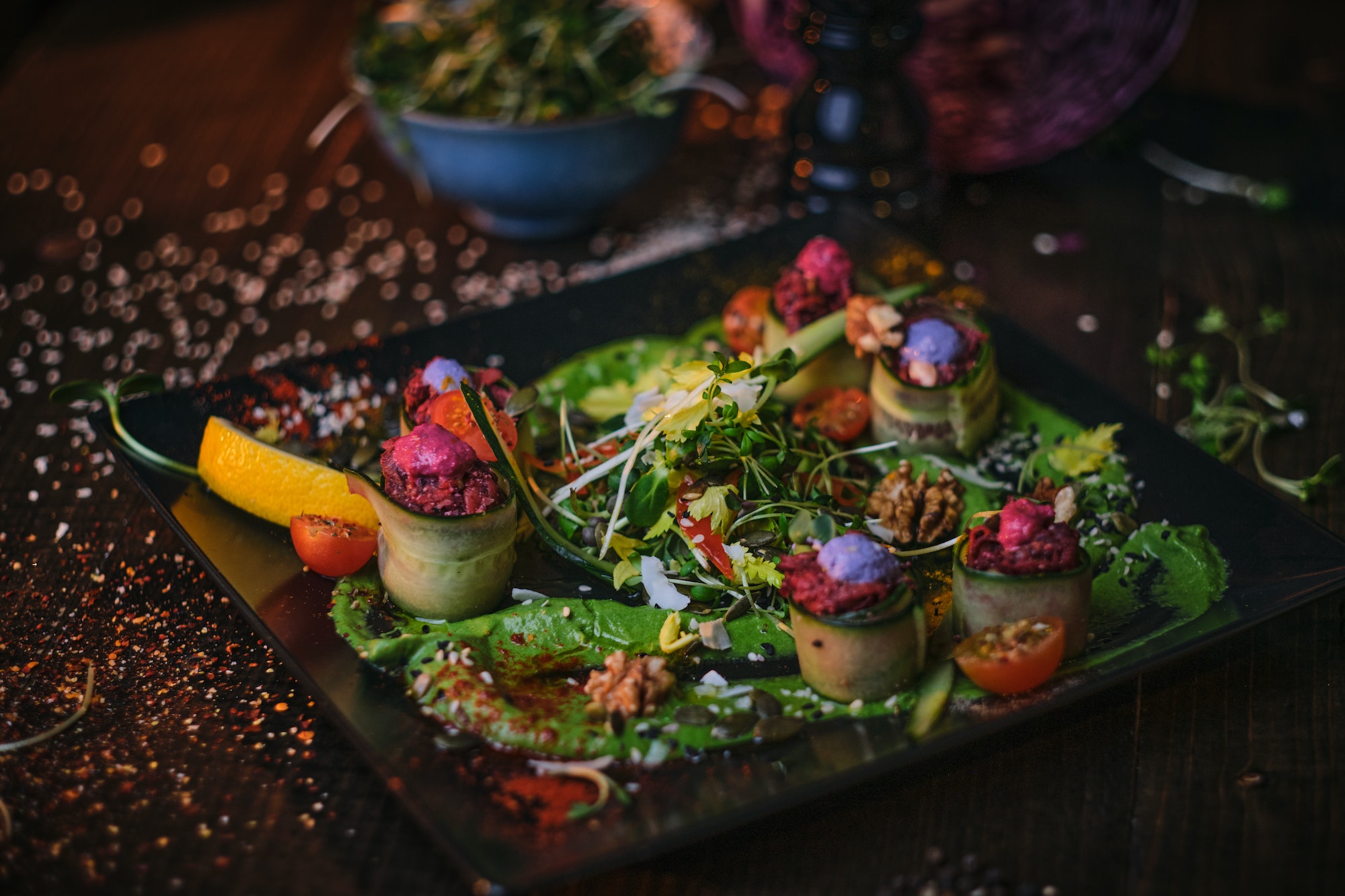In the world of culinary arts, France has long been considered the birthplace of haute cuisine. This refined and sophisticated approach to food preparation and presentation has its roots in the 14th century, during the time of Guillaume Tirel, also known as Taillevent. As a master cook who served not one but three French kings, Taillevent is credited with elevating French cuisine to an art form and laying the foundation for what would become haute cuisine.
Born in 1310 in Pont-Audemer, Normandy, Guillaume Tirel began his culinary career at a young age, working as a kitchen boy in the household of Queen Jeanne d’Évreux. By the age of 30, he had become the head chef for King Charles V, and later served as head chef for Charles VI and Charles VII. During his time in royal kitchens, Tirel gained a reputation for his innovative cooking techniques and his ability to create visually stunning dishes that were as pleasing to the eye as they were to the palate.
One of Taillevent’s most significant contributions to French cuisine was his cookbook Le Viandier, which is considered one of the earliest known cookbooks written in French. This comprehensive guide to medieval cooking included not only recipes but also detailed instructions on how to prepare and serve various dishes. The recipes featured in Le Viandier showcase Tirel’s expert use of spices and herbs, as well as his penchant for incorporating exotic ingredients such as almond milk, rose water, and saffron.
The origins of haute cuisine can be traced back to Taillevent’s innovative approach to cooking. He believed that food should be prepared with care and precision, using only the finest ingredients available. This emphasis on quality and attention to detail is a hallmark of haute cuisine and continues to be practiced by chefs around the world.
In addition to his focus on high-quality ingredients and careful preparation, Taillevent was also known for his elaborate and artistic presentation of food. He believed that the visual appeal of a dish was just as important as its taste and would often spend hours meticulously arranging ingredients on a plate to create a visually stunning masterpiece. This emphasis on aesthetics is another key element of haute cuisine and has greatly influenced the way food is presented in fine dining establishments today.
While Taillevent’s influence on French cuisine cannot be overstated, it’s essential to recognize that the development of haute cuisine was a gradual process that evolved over several centuries. In the 17th century, François La Varenne published Le Cuisinier François, which further refined and codified French cooking techniques. Then, in the 19th century, Auguste Escoffier modernized and organized French cuisine into the system of “brigades” used in professional kitchens today.
However, it was Taillevent who laid the groundwork for these later developments and set the standard for culinary excellence that would come to define French cuisine. His innovative approach to cooking, use of high-quality ingredients, and emphasis on presentation have all greatly contributed to France’s reputation as the birthplace of haute cuisine.
In today’s world of Michelin-starred restaurants and celebrity chefs, it’s easy to take the artistry and precision of haute cuisine for granted. However, we must remember that it all began with pioneers like Guillaume Tirel, who dared to elevate food from mere sustenance to an art form. His legacy lives on in the kitchens of fine dining establishments around the world, where chefs continue to push the boundaries of culinary innovation while staying true to the principles of haute cuisine that were first established by Taillevent over six centuries ago.

